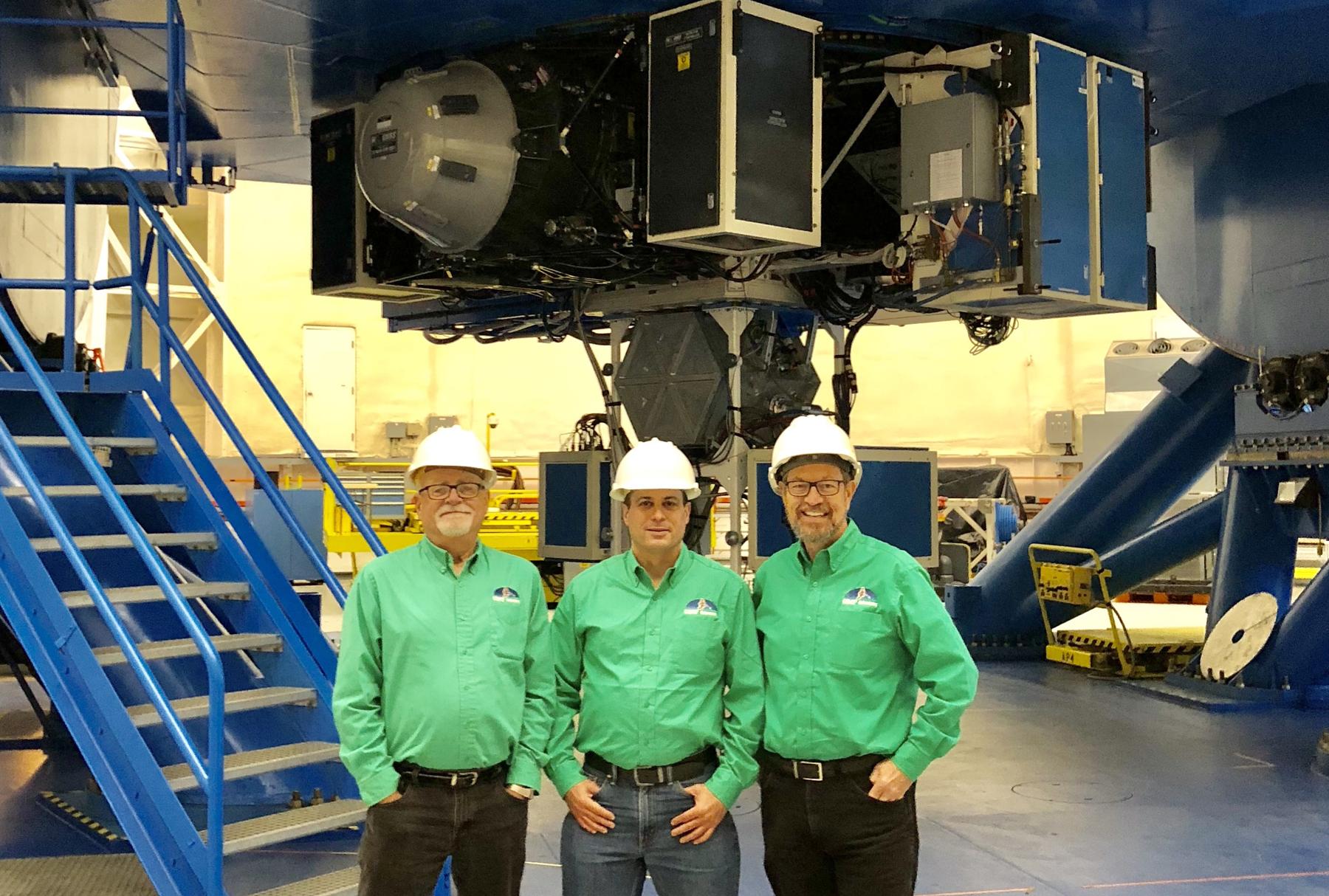
Ohad Shemmer, associate professor of physics, received an $800,000 National Science Foundation grant in collaboration with the University of Wyoming to observe infrared light from more than 400 distant quasars.
Quasars are the most luminous and persistent radiation sources in the universe and are formed when matter is funneled into super massive black holes. These black holes are generally found at the centers of galaxies, and it is thought that they help shape the growth of the galaxies around them.
Shemmer, the principal investigator on the grant, says that he and his team will conduct about 350 hours of telescopic observations to create a data set for scientists to study.
Analysis of the data will enable development of the best prescriptions yet for estimating the key properties in all quasars.